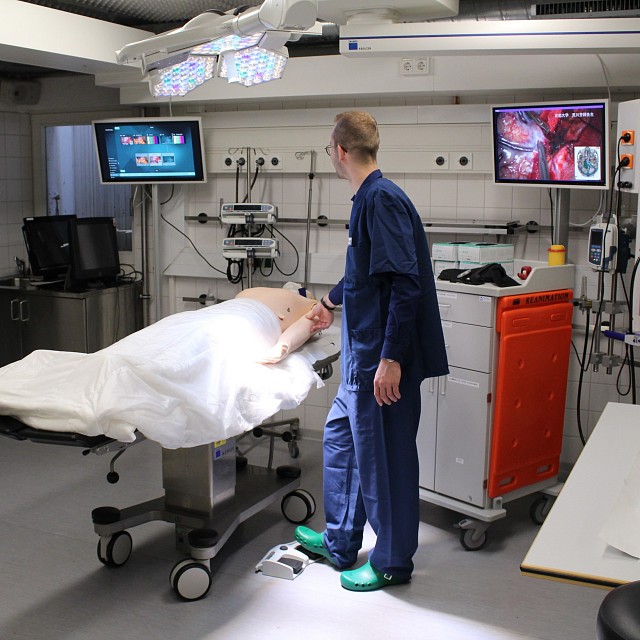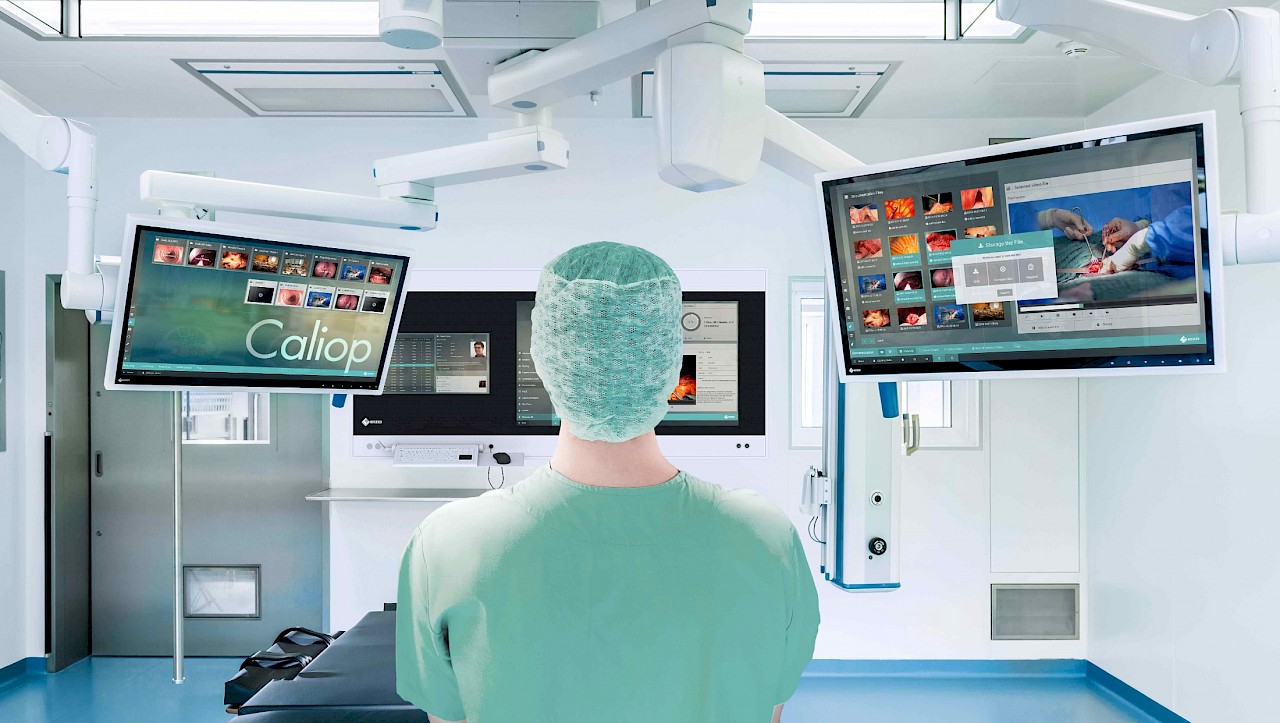Technology Testing in the Medical Environment: Intuitive Software and Workstation Achieve Good to Very Good Results in Comprehensive OR Usability Study
Tuesday, 2020 January 14
In the course of digitalization, imaging systems in operating rooms are becoming ever more numerous and complex. Nevertheless, to ensure the optimum use of these systems, hospitals must take into account the difficulties their employees face when using various auxiliary devices. If Operating Room (OR) personnel are occupied with operating numerous complex systems, they can be sidetracked from their primary task in supporting the actual surgical procedure itself. To address this issue, the respective software and hardware components must be very user friendly. For this reason, EIZO GmbH put its Caliop software and Surgical Panels from the CuratOR product portfolio to the test. The usability study started in early 2018 in cooperation with the M3i GmbH Industry-in-Clinic platform, and encompasses multiple test runs through mid-2020. The two test runs to date have achieved good to very good findings and already resulted in changes; the next session is planned for the end of 2019. When the entire study is complete, the results will be summarized in a white paper and made available to the public.

























 top
top 

